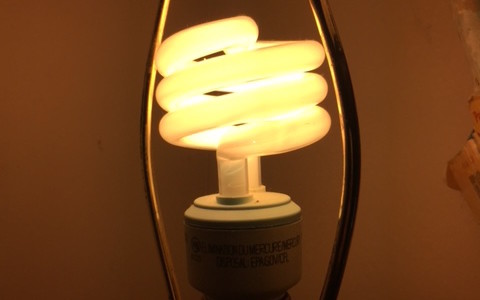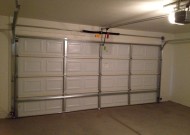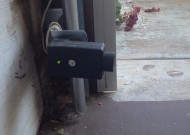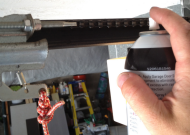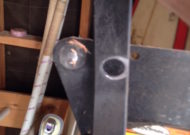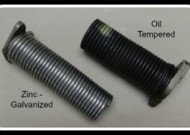Saving money in a family’s monthly budget and helping reduce the carbon footprint that they leave on this earth are two very important priorities in 2016. One way that people have been tackling both of these issues is by installing compact fluorescent lights (referred to as CFLs) and LED lights in and around their homes. However, one place that you should not place one of these green lighting sources is inside or in close proximity to your garage door opener.
Ironically, the things that make these bulbs great for the environment and your pocketbook are the same things that make them detrimental to your garage door opener. CFLs and LEDs both emit infrared signals into the air on a very similar wavelength that is used by the garage door opener and the remotes to communicate. These signals coming from the bulbs can be picked up by the receiving board inside the opener and cause it to malfunction. It will open with no one around, or stop in mid action with no explanation. Another problem these lights cause in the garage is jamming of the signals. If the opener only has one wavelength to communicate through and the LED or CFL bulbs are jamming that wavelength it is like a barrier around your opener and the remote signals cannot get through. This is also very common with homelink signals sent directly from the car. If I receive a call that although the wired wall mount is operating the door without any problems, but the wireless accessories such as remotes or keypads are intermittent and finicky, the first question I ask is whether or not there have been any lightbulbs recently changed in the garage or in the opener itself. Seven out of ten times I would say that these changes to CFL or LED light bulbs is the culprit.
Although both CFLs and LEDs interfere with garage door openers, LED’s are more prone to cause a problem since they emit much more radio frequency noise. This is caused by the control circuit inside of an LED bulb. This control circuit uses pulse width modification to turn the bulb on and off 15 times per second. This process is what makes the bulb so efficient since it is in reality only on half the time of a normal bulb, although our eyes cannot identify this because of the speed in which it takes place, but it also creates problems in electronic devices such as garage door openers.
Keep this in mind with not only the bulb inside the opener itself, but also the surrounding areas. We have encountered interference with Christmas lights and other electronics and services (Wifi, cable) that communicate or radiate on a similar wavelength as the garage door opener. So now that we have discussed what not to put into the garage door opener, lets talk about what you SHOULD put in the opener. The best bulb for a garage door opener is a rough service bulb. This bulb does not emit any radio frequency noise and is built to withstand the vibration that occurs doing the raising and closing of a garage door without loosening or shattering. These can be purchased at any home repair store and your opener and manual will tell you what wattage is best for your model of opener.






